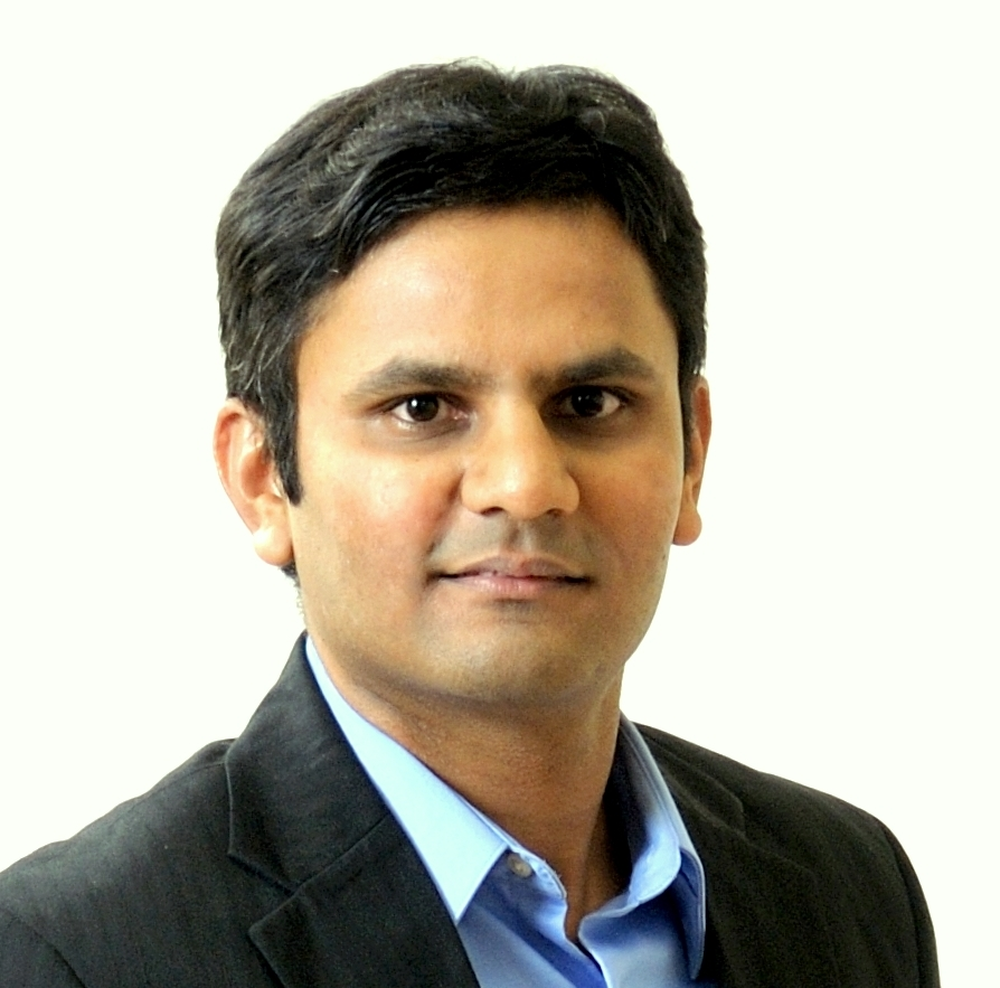
The National Science Foundation (NSF) has awarded a $2 million grant to researchers who are developing new functional materials to separate and recover rare-earth elements and platinum group metals from waste streams of U.S. mines. These critical elements – which are required materials for widely-used products like smartphones and LED lights – are currently largely mined and processed by other countries.
Chemical & Biomolecular Engineering (ChBE) professor Xiao Su at the University of Illinois Urbana-Champaign leads the project. UIUC professors Diwakar Shukla (ChBE), Alexander Mironenko (ChBE) and Prashant Jain (Chemistry), and Michelle Calabrese at University of Minnesota, are co-Principal Investigators on the project.

According to the researchers, there is potential for the U.S. to significantly ramp up its production of both rare-earth elements and platinum group metals, as well as secure its supply-chain, through more efficient and sustainable processes for recovery and recycling.
Recovery of rare-earth elements and platinum group metals from the waste streams of U.S. mines is currently difficult because they are found as dilute ions in a complex mixture of elements. To address this challenge, the team will develop new polymer-based electrode materials to capture the elements in a way that is highly selective yet reversible and implement electrically driven separation processes for sustainable recovery and purification.
The researchers combine expertise in machine-learning, molecular dynamics and electronic structure calculations, materials synthesis, characterization, and processing, as well as separation processes.
“Our aim is to accelerate the discovery of new materials for electrochemical separations through a closed-loop iteration between simulations and experiments," Su said. "We seek to move beyond a trial-and-error approach for materials design and testing and establish for the first time a rational framework for creating new redox-polymers tailored for the sustainable electrochemical recovery of critical elements.”
The grant is administered by NSF’s Designing Materials to Revolutionize and Engineer our Future program. More information about this project, Rational design of redox-responsive materials for critical element separations, is available here. UIUC received $1.6 million in funding, and University of Minnesota received $400,000.
Read more about this research: Electrochemical interfaces for chemical and biomolecular separations - ScienceDirect.
